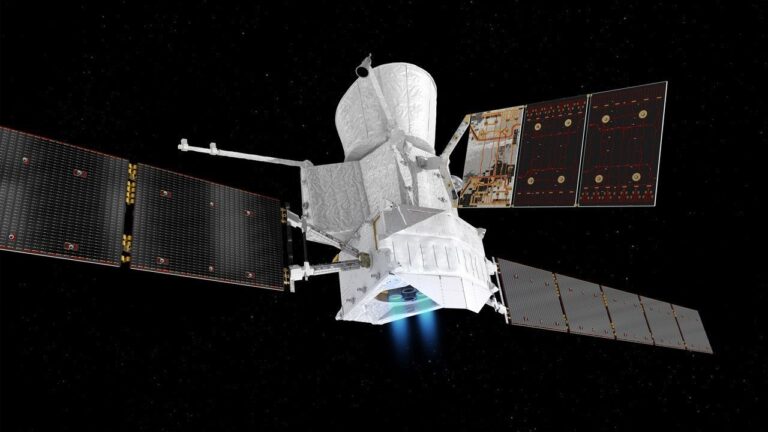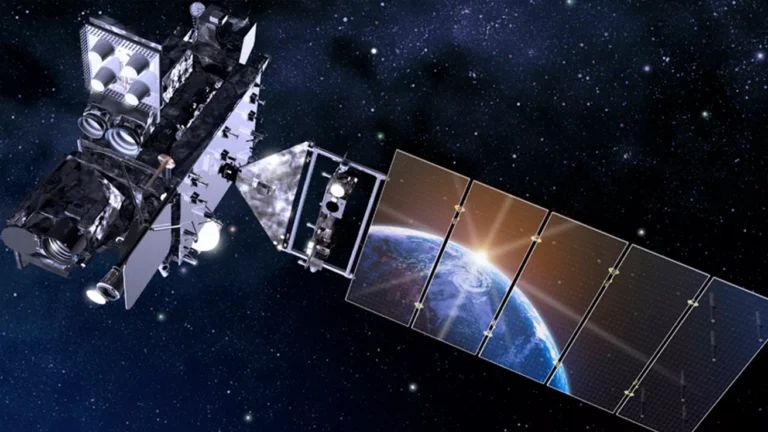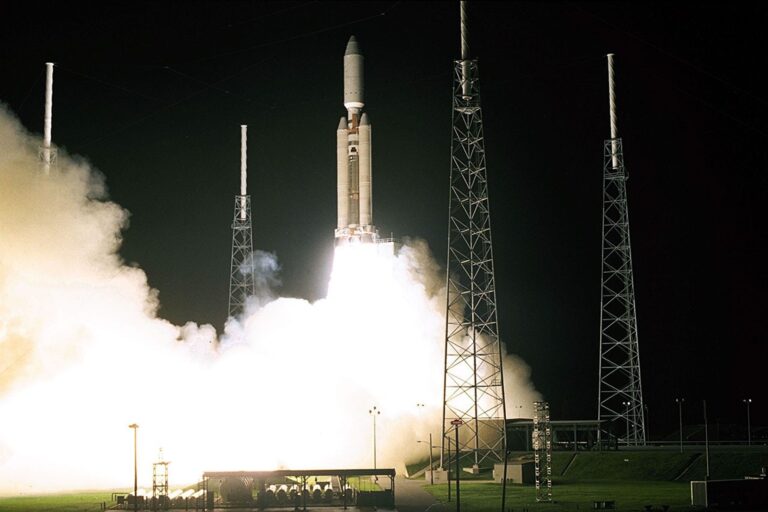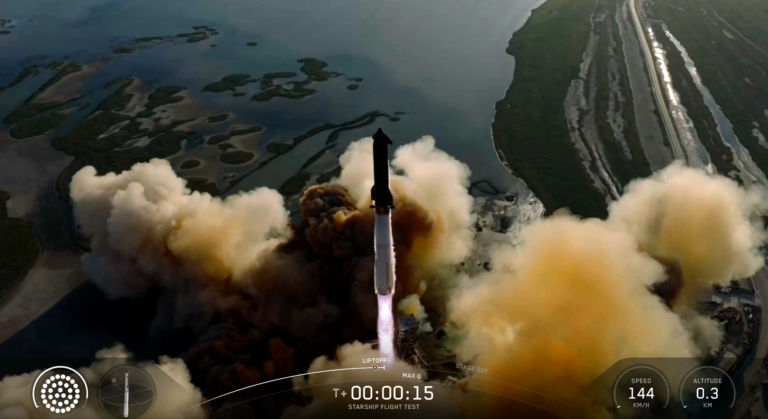Key Takeaways:
The real trick is how bright the spacecraft will be. New Horizons is covered in very reflective material, but Pluto is extremely far from the Sun. At its brightest, New Horizons only will be about magnitude 18, and then for only 15 minutes at closest approach. For comparison, Pluto is about magnitude 14 now, and its largest moon, Charon, is magnitude 17.
So unless he has some serious glass, Pluto the dog will really strain to see New Horizons fly past. However, in addition to taking images and spectra of Pluto, New Horizons will probe the atmosphere of Pluto by transmitting a radio signal as it briefly passes behind the dwarf planet. Scientists back on Earth will need to use NASA’s giant 70-meter Deep Space Network antennas to hear New Horizons’ signal, but Pluto the dog could easily hear it with a ham radio set to the 3-centimeter band. So buy Pluto a radio set, and let him hear New Horizons call back to Earth as it flies past.
Southwest Research Institute, Boulder, Colorado










